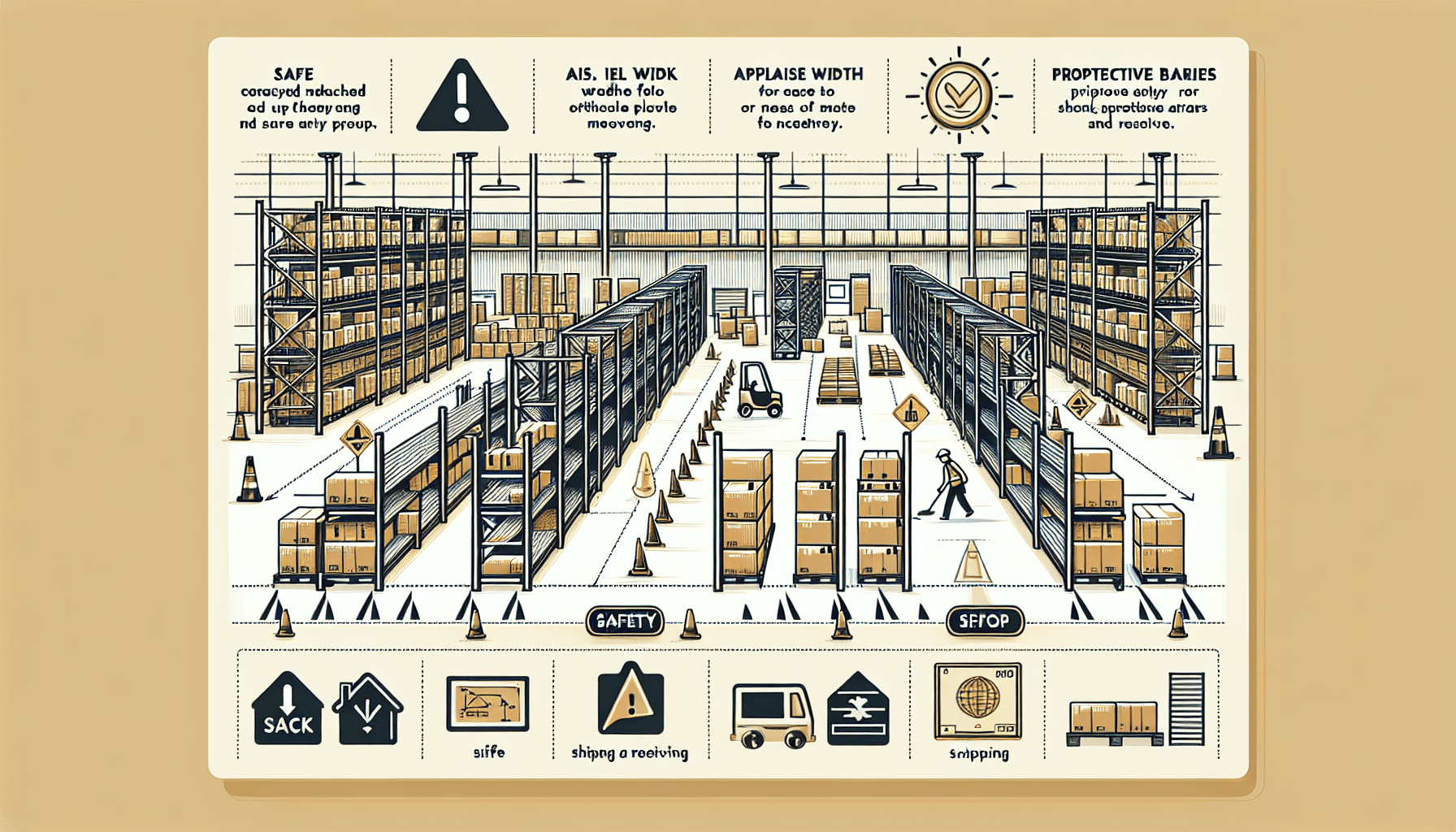In a bustling warehouse environment, ensuring the safety of your employees is paramount. This includes providing clear pathways for pedestrians to navigate through the facility without risking collisions with forklifts or other moving equipment. Creating safe and efficient walkways in your warehouse not only reduces the risk of accidents but also improves productivity and overall operational efficiency. In this article, we will discuss some essential tips and best practices for creating safe and efficient walkways in your warehouse.
1. Define pedestrian-only zones
A crucial step in creating safe walkways is to clearly define pedestrian-only zones. These areas should be appropriately marked using floor markings or signage to indicate that they are for pedestrian use only. By separating pedestrians from forklifts and other powered equipment, you can significantly reduce the risk of accidents. Encourage employees to adhere to these designated walking areas and provide ongoing training to ensure compliance.
2. Implement proper lighting
Proper lighting is essential for maintaining a safe working environment in your warehouse. Inadequate lighting can lead to accidents and make it difficult for pedestrians to see potential hazards. Ensure that all walkways are well-lit, especially in areas with limited natural light. Consider installing LED lighting solutions, which not only provide better visibility but also offer energy efficiency and longer lifespan.
3. Clear signage
Clear and visible signage is crucial for guiding employees and directing traffic within your warehouse. Use signs to indicate pedestrian-only zones, forklift traffic areas, and other important safety messages. Make sure that signage is placed at eye level, easily readable, and strategically positioned to provide maximum visibility. Regularly inspect and replace any damaged or faded signs to maintain their effectiveness.
4. Install mirrors and convex mirrors
To enhance visibility and increase safety, consider installing mirrors and convex mirrors in areas where blind spots may be a concern. These can help pedestrians and forklift operators see around corners, intersections, and other areas with limited visibility. By improving visibility, you can reduce the risk of collisions and improve overall operational efficiency.
5. Utilize anti-slip flooring
Slip and fall accidents can be a significant hazard in warehouses. To prevent such incidents, utilize anti-slip flooring on walkways, especially in areas prone to moisture or spills. Anti-slip flooring provides better traction and reduces the risk of slips, trips, and falls. Regularly inspect and maintain the flooring to ensure its effectiveness.
6. Provide proper training
Even with all the safety measures in place, it is essential to provide proper training to your employees. Train them on safe walking practices, how to navigate through the warehouse, and how to respond to potential hazards. Implement regular refresher training sessions to reinforce safety protocols and keep employees aware of any updates or changes in the layout of the warehouse.
7. Invest in technology
Harness the power of technology to further enhance safety and efficiency in your warehouse. Consider investing in advanced warehouse optimization solutions such as forklift pedestrian detection systems. These systems utilize sensors and alarms to alert forklift operators when pedestrians are in close proximity, helping to prevent accidents. With such technology in place, you can create an extra layer of safety and peace of mind for your employees.
In conclusion, creating safe and efficient walkways in your warehouse is crucial for ensuring the well-being of your employees and optimizing operational efficiency. By defining pedestrian-only zones, implementing proper lighting, utilizing clear signage, installing mirrors, utilizing anti-slip flooring, providing proper training, and investing in technology, you can significantly reduce the risk of accidents and create a safer working environment. Remember, safety should always be a top priority in your warehouse operations.

